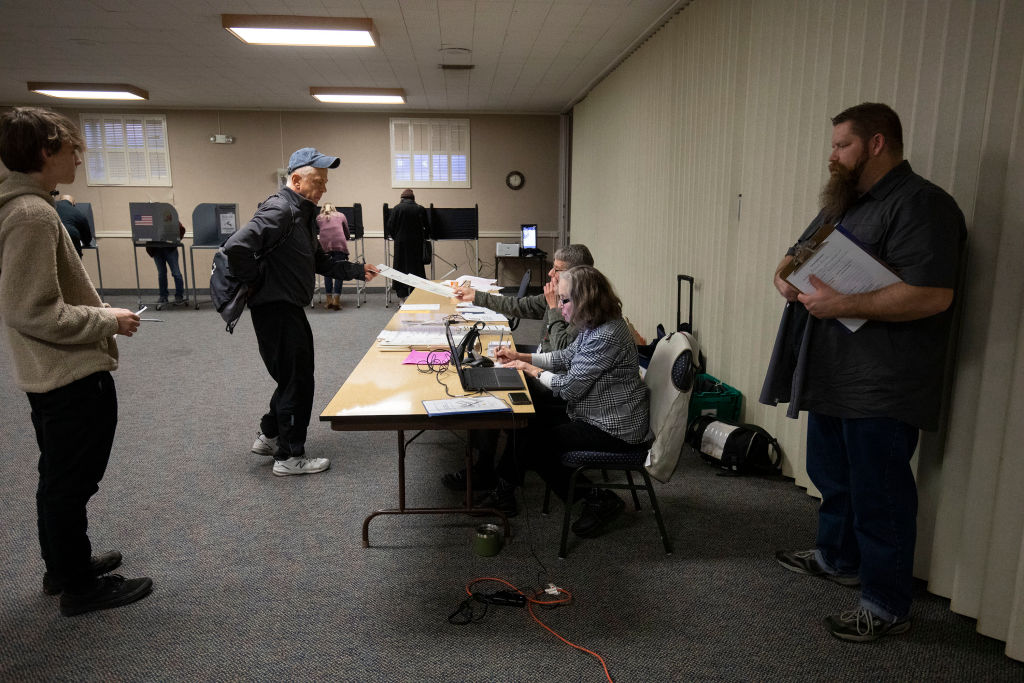How Did Abortion Fare in the Midterms?
Results from the first post-Dobbs election reveal that abortion remains a powerful issue for voters.
Abortion-rights supporters prevailed in all five states with ballot questions on the issue in 2022. Also, in races where the Supreme Court’s June reversal of Roe v. Wade was an issue, voters appeared to strongly support abortion rights.
Ballot questions in three states — California, Michigan, and Vermont — sought to enshrine abortion rights into their constitutions, and each passed by wide margins.
Kentucky and Montana had ballot questions that sought to restrict the practice, and voters rejected both, although by narrower margins than in the three abortion-rights states. In Kentucky, the measure proposed to amend the state’s constitution by saying it does not “secure or protect a right” to an abortion or the funding of abortion. More than 52% of voters rejected the proposed ban.
However, that does not mean Kentuckians now have a right to abortions. Kentucky is one of more than a dozen states that passed “trigger laws” that went into effect after the Supreme Court’s Dobbs decision, banning most abortions at all stages of pregnancy. But a state appeals court allowed a measure that bans abortions after six weeks of pregnancy to stand while challenges to the trigger law play out in court.
The Kentucky Supreme Court will hear oral arguments on the trigger-law challenges on Nov. 15. Abortion supporters hope that voters’ rejection of the constitutional ban will strengthen their legal case for ongoing legal challenges.
In Montana, a ballot question asked voters to approve a measure that would give legal personhood to an embryo or fetus with a right to medical care if born prematurely or upon survival of an attempted abortion. More than 52% of the state’s voters said no.
Meanwhile, a sixth abortion ballot measure in Kansas sought to amend the state constitution with an abortion ban; but that, too, met stiff opposition. When it went to the voters in August, 59% said no.
Abortion Access and Governors
By one measure, gubernatorial races in seven states were critical in determining abortion access. In at least four of them, candidates who promised to protect abortion access were successful. And with two-thirds of the vote counted by the afternoon of Nov. 9, the gubernatorial race in Arizona was too close to call.
In Florida and Georgia, however, incumbent Republican Govs. Ron DeSantis and Brian Kemp both won handily and could work with friendly legislatures to further restrict abortions. Both repeatedly declined to say on the campaign trail whether that would be a priority for them, though.
Meanwhile, legislatures in two states, North Carolina and Wisconsin hoped to achieve veto-proof supermajorities that would have given them the power to get around the vetoes of abortion-restriction bills by their Democratic governors. Both fell short.
Broad Support for Abortion Access
Polls show that most Americans support access to abortions, at least in some cases. But that support is not uniform across the country; 12 states have banned nearly all abortions, while several more have varying degrees of post-Dobbs restrictions.
After the passage of abortion restrictions in these states, however, some of their proponents have cooled down a degree or two as they disagree on how far these measures should go. Efforts to enact a nationwide ban have weakened.
Meanwhile, the results of the midterm elections are showing that the battle over abortion access could be a long one.
Related Resources:
You Don’t Have To Solve This on Your Own – Get a Lawyer’s Help
Meeting with a lawyer can help you understand your options and how to best protect your rights. Visit our attorney directory to find a lawyer near you who can help.






